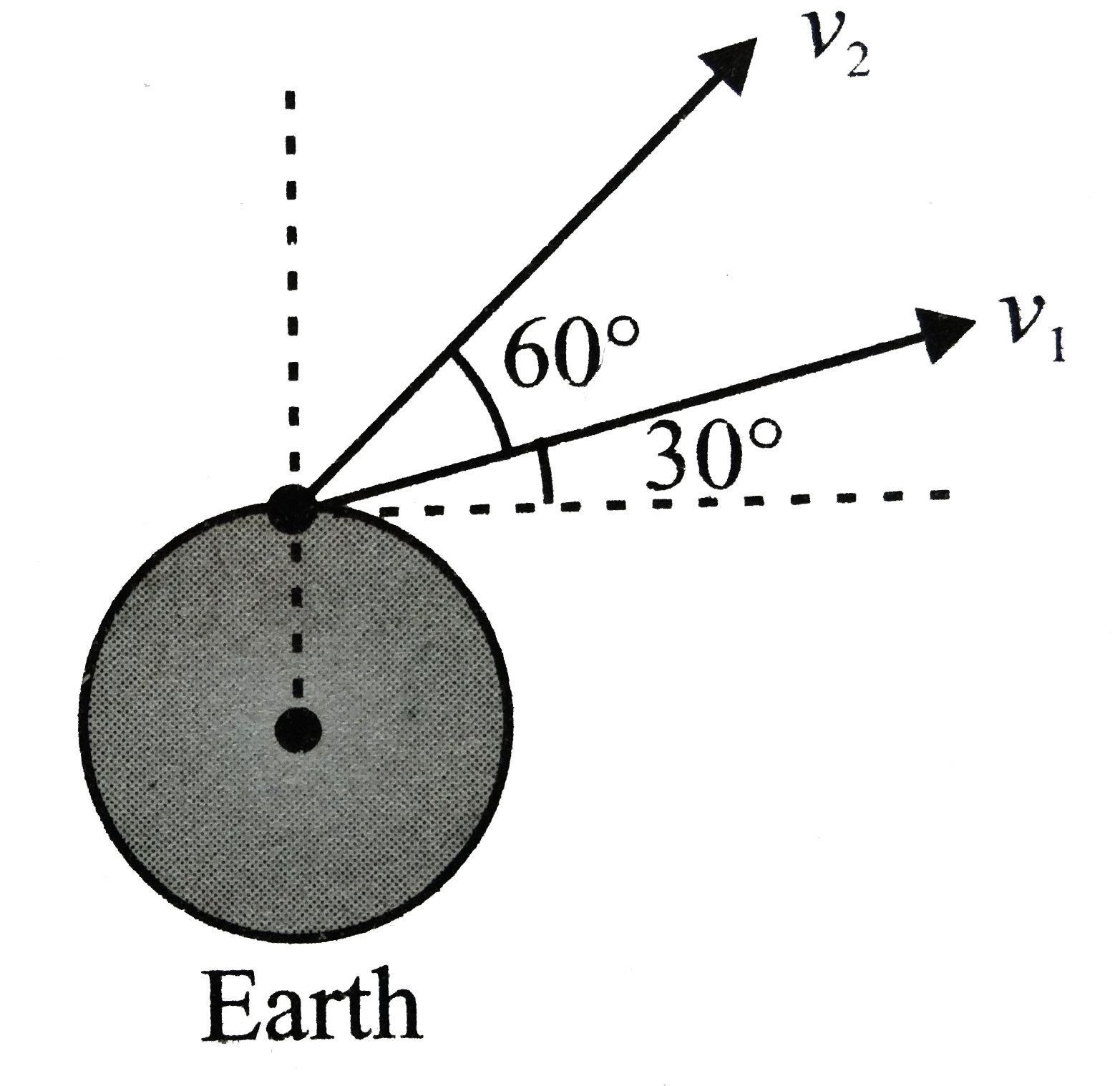A
B
C
D
Text Solution
Verified by Experts
The correct Answer is:
Topper's Solved these Questions
GRAVITATION
CENGAGE PHYSICS ENGLISH|Exercise Linked Comprehension|23 VideosGRAVITATION
CENGAGE PHYSICS ENGLISH|Exercise Integer|5 VideosGRAVITATION
CENGAGE PHYSICS ENGLISH|Exercise Multiple Correct|24 VideosFLUID MECHANICS
CENGAGE PHYSICS ENGLISH|Exercise INTEGER_TYPE|1 VideosKINEMATICS-1
CENGAGE PHYSICS ENGLISH|Exercise Integer|9 Videos
Similar Questions
Explore conceptually related problems
CENGAGE PHYSICS ENGLISH-GRAVITATION-Assertion- Reasoning
- Statement 1: The value of escape velocity from the surface of earth at...
Text Solution
|
- Statement I: If the earth suddenly stops rotating about its axis, then...
Text Solution
|
- Statement I: The magnitude of the gravitational potential at the surfa...
Text Solution
|
- Statement I: The smaller the orbit of a planet around the Sun, the sho...
Text Solution
|
- Assertion: The value of acceleration due to gravity does not depends ...
Text Solution
|
- Statement I: In free space a uniform spherical planet of mass M has a ...
Text Solution
|
- Statement I: The earth does not retain hydrogen molecules and helium a...
Text Solution
|
- Statement I: It takes more fuel for a spacecraft to travel from the ea...
Text Solution
|
- Statement I: Consider a satellite moving in an elliptical orbit around...
Text Solution
|
- Statement I: If a particle projected horizontally just above, the surf...
Text Solution
|
- Statement I: If time period of a satellite revolving in circular orbit...
Text Solution
|
- Statement I: Two satellites are following one another in the same circ...
Text Solution
|
- The minimum and maximum distances of a satellite from the center of th...
Text Solution
|
